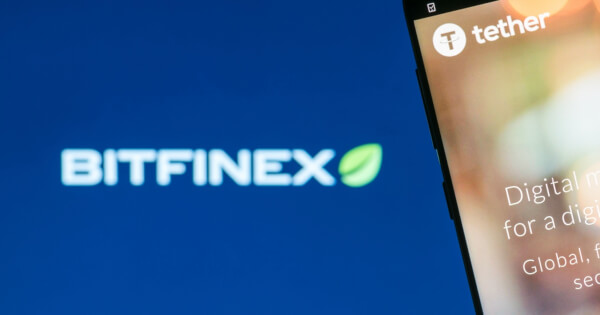The Ichimoku Cloud, a sophisticated Japanese charting technique, offers traders a comprehensive view of the market’s trend, momentum, and future equilibrium. Developed by journalist Goichi Hosoda in the 1930s, this method remains one of the most complete systems for analyzing market structure, according to Bitfinex. The Origins of the Cloud Ichimoku Kinko Hyo, translating to “one-glance equilibrium chart,” was created to allow traders to see a holistic market picture without switching between multiple tools. It provides insights into market balance, direction, and momentum at a glance, showing not just the current price but potential future movements. Understanding the Components The Ichimoku Cloud consists of several components that work together to provide a detailed market analysis: Green Cloud (Span A > Span B): Indicates bullish sentiment. Red Cloud (Span B > Span A): Indicates bearish sentiment. Future Projection: The Cloud projects 26 periods ahead, suggesting potential support or resistance zones. Crossovers: The relationship between the Conversion and Base lines indicates momentum strength and potential turning points. Lagging Line Confirmation: The position of the Lagging Span confirms whether a trend has genuine follow-through. Application in Current Market Conditions Recent analysis from Bitfinex Alpha suggests that Bitcoin’s (BTC) recent price movements are indicative of consolidation rather than a market collapse. The Ichimoku Cloud on the BTC/USD daily chart supports this narrative, showing that the price is below the Cloud, reflecting a bearish daily structure. The Cloud’s flat projection suggests weak momentum, reinforcing the idea of a bearish consolidation where the market is pausing rather than trending. Advanced Ichimoku Strategies Traders can use several advanced strategies to maximize the Ichimoku Cloud’s potential: Trend + Momentum Alignment: Trade long when the price is above a green Cloud and short when it is below a red Cloud. The “Three-Point Confluence” Setup: Occurs when the Conversion line crosses the Base line, price breaks through the Cloud, and the Lagging Span confirms the move. Cloud as Dynamic Support/Resistance: The Cloud’s thickness represents the strength of support or resistance zones. Multi-Timeframe Analysis: Consistency across timeframes strengthens trading conviction. Ichimoku + Volume or RSI: Using RSI or volume indicators alongside the Cloud can identify potential bounces or reversals. Common Mistakes to Avoid Traders should avoid common pitfalls such as trading within the Cloud, ignoring Cloud projections, overcomplicating their analysis, and disregarding major news events that could impact technical signals. Setting It Up on Bitfinex To utilize the Ichimoku Cloud on Bitfinex, traders can select their trading pair, navigate to the indicators section, and apply the default Ichimoku Cloud settings to observe projected support and resistance zones. Image source: Shutterstock.
https://Blockchain.News/news/understanding-ichimoku-cloud-comprehensive-guide
Understanding Ichimoku Cloud: A Comprehensive Guide to Trading Strategy



